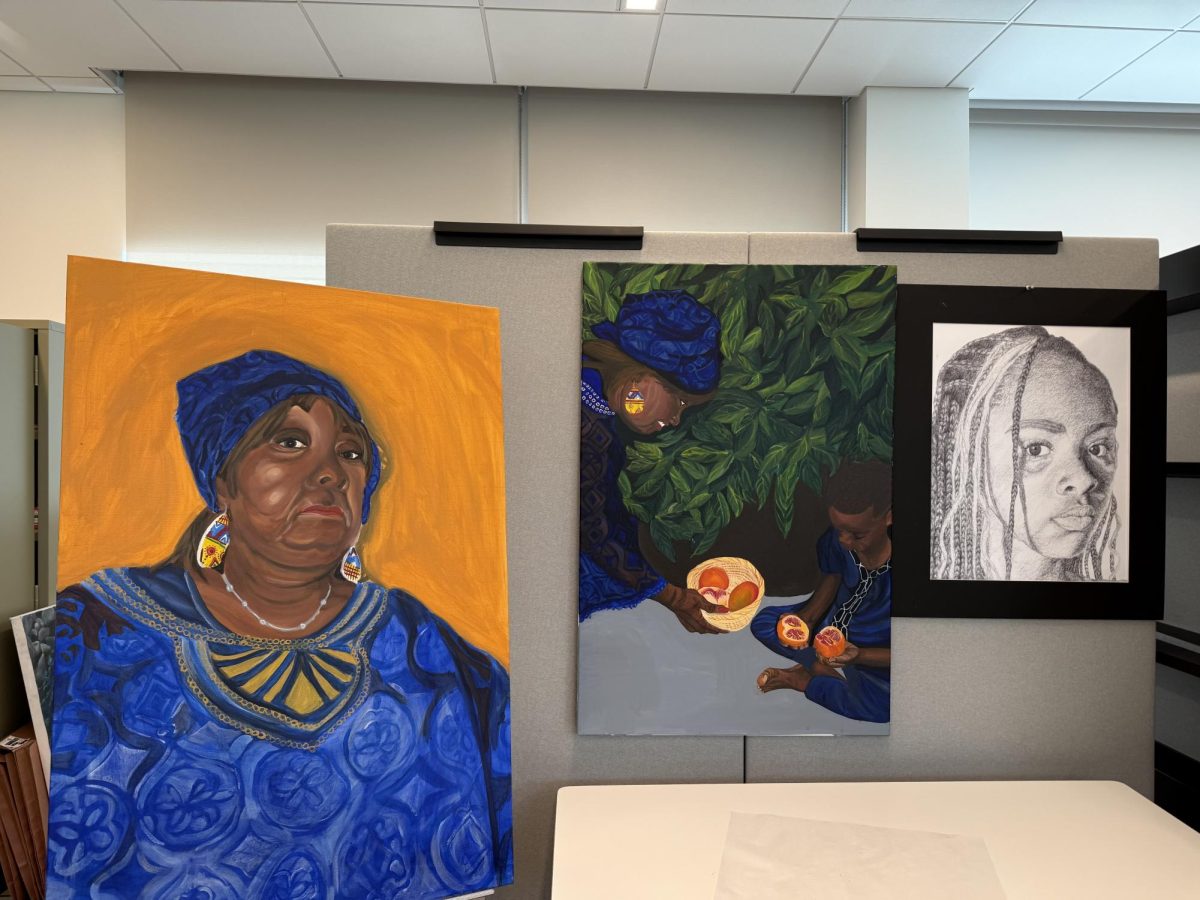“Students, please turn your cameras on,” is something that we don’t usually hear anymore. Since 2022, students and teachers have not returned to Zoom school after it became a staple in our post-break routines, and a norm in 2020 due to the COVID-19 pandemic lockdown. Although attending school via Zoom is rare in 2024, a new surge in COVID cases has led to a return to online school and quarantine for some Upper School students.
According to the New York Times, the newest variant, JN.1, rapidly spread across the world this winter as people were finishing their travels and social gatherings from the holidays. Fortunately, experts do not believe there will be a need for lockdown as a result of this new wave. Caitlin Rivers, an epidemiologist at the Johns Hopkins Center for Health Security, notes: “We’re not seeing the signs that would make me think that we’re heading into another severe wave. So far, we’re in relatively good shape.”
Although recent cases of the JN.1 variant have shown to be less deadly than cases in previous winters, the new form of COVID has reached students on the Hilltop. Senior Eliza Podvalny is one of the 20 members of the Hackley community who tested positive since winter break. After combating flu-like symptoms such as a bad cough and difficulty breathing, she decided to attend her classes from home through Zoom.
“It’s really hard senior year, in January, to miss a lot of school. I was feeling a little bit better; I no longer had a fever, so I thought I should join in and not miss as much content,” Eliza said.
Logging onto her classes through Zoom came with challenges: WiFi cutting out, accidental muting, and screen sharing malfunctions. Even with these obstacles, Eliza’s teachers made sure to accommodate her since these difficulties were completely out of her control.
“[I] definitely felt uncomfortable, especially being the only one,” Eliza said after spending a week seeing her classmates through a small webcam from her bedroom.
Since attending school through Zoom has not been the norm in years, teachers and students haven’t prepared for online classes in quite some time, making it feel more difficult than how it did in peak COVID. Especially when the class becomes divided among virtual and in-person students, teaching becomes more taxing.
“We are not structuring the classes around the existence of Zoom anymore, so if I have a class where 90% of the class is kids working on problems at desks, what is the kid on Zoom going to be doing? [They are] not learning,” math teacher Peter Ruocco said.
However, even without the frequent need to hold school virtually, Mr. Ruocco has used the skills he has learned from the Zoom school era to further improve his teaching; he was able to create small instructional videos for his calculus classes.
Mr. Ruocco appreciates being able to use Zoom more selectively and when it fits his objective.
“When we had to structure our whole curriculum around online learning, there were so many places where you just couldn’t do it effectively, but when you were only going to be doing a few lessons online you would reserve the kind of material that lends itself,” Mr. Ruocco said.
It is apparent that hybrid learning has completely altered the classroom dynamic as it affects the few people on Zoom, the teacher, and the students who are sitting at desks in the classroom. Even though Zoom has made things more accessible, such as logging onto quick meetings rather than commuting to the meeting, the connection that comes from in-person interactions is far more personal and invaluable.
“The fact that we have a Zoom facility now helps a lot, it is good to have in my toolbox. However, I don’t like it to be the way to keep school open. I don’t like having it as my only tool, which was what happened during the pandemic, ” said Upper School Director Andy King.
When it comes to reinforcing strict COVID guidelines, Hackley must follow public health guidelines. Although the aim is always to move past the need of having online school, Mr. King always wants to err on the side of safety especially if there is a threat to the community’s health.

![Although the affect of COVID-19 has been on a decline with less cases and deaths allowing most of us to remain mask free, people on the Hilltop are still choosing to mask up. Personal health concerns as well as helping an elderly neighbor are reasons as to why middle school science teacher Emma Olsen still wears a mask years after the COVID-19 pandemic began. "Since I am helping take care of him, you know I go over to work with his dogs, that kind of thing; I don't want to bring [the virus] home to him," Ms. Olsen said.](https://hsdial.org/wp-content/uploads/2024/03/IMG_1713-900x1200.jpg)





